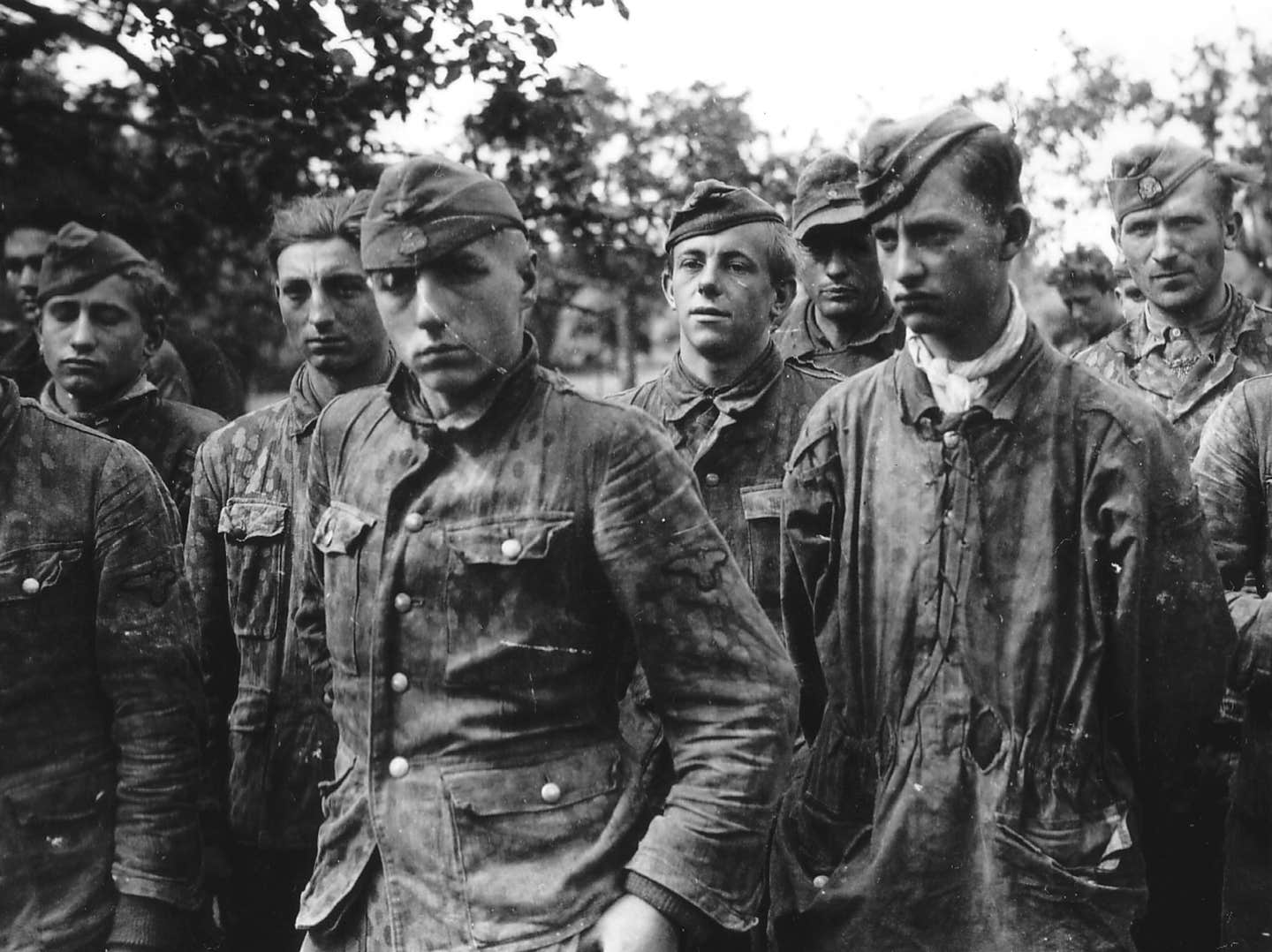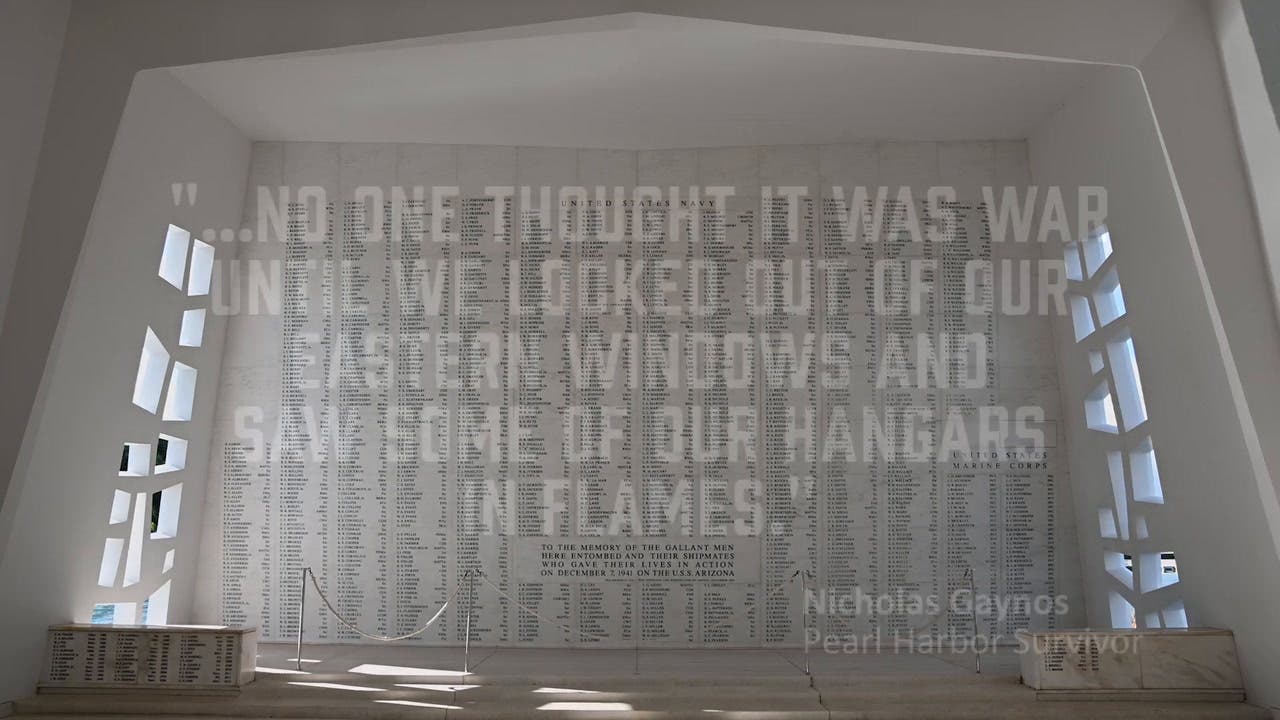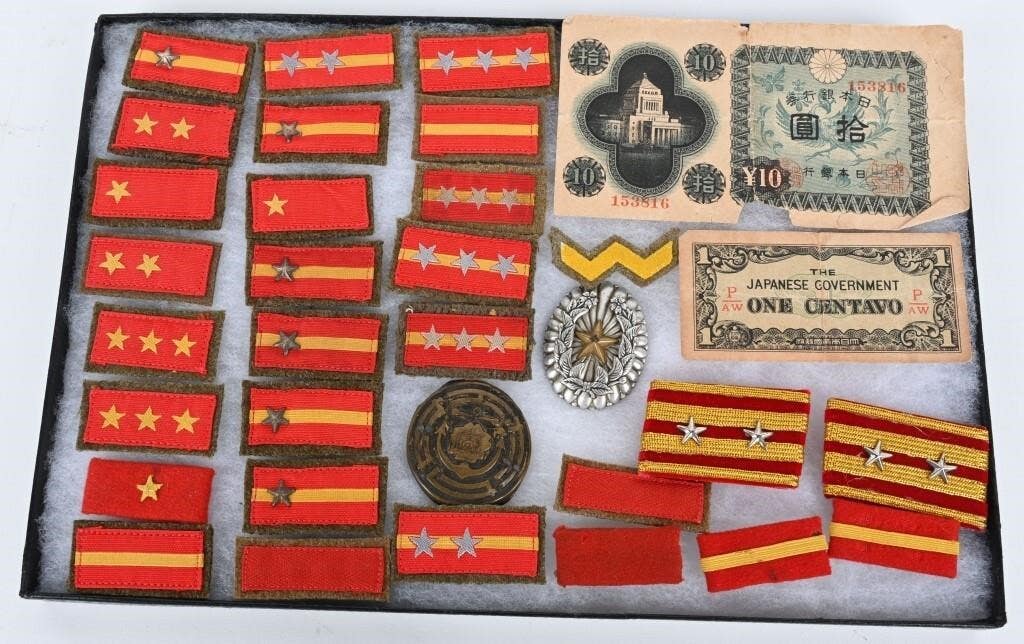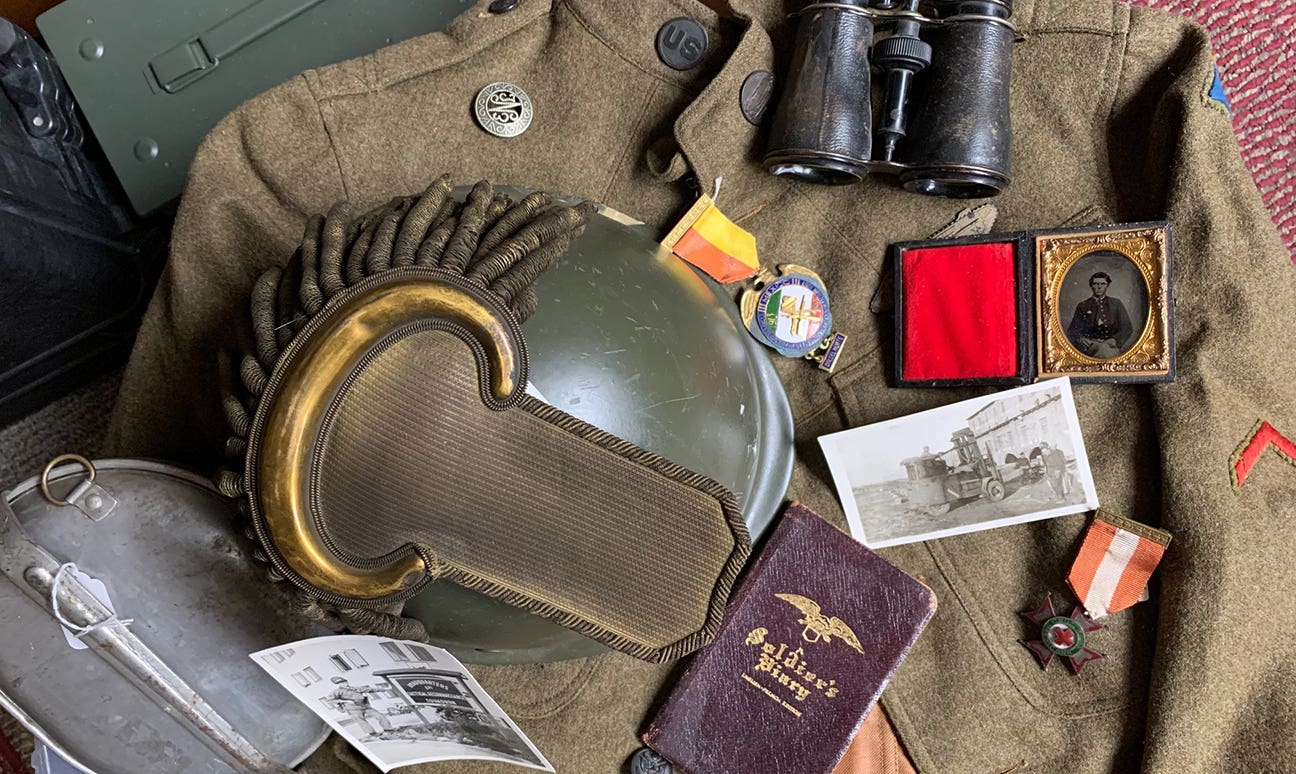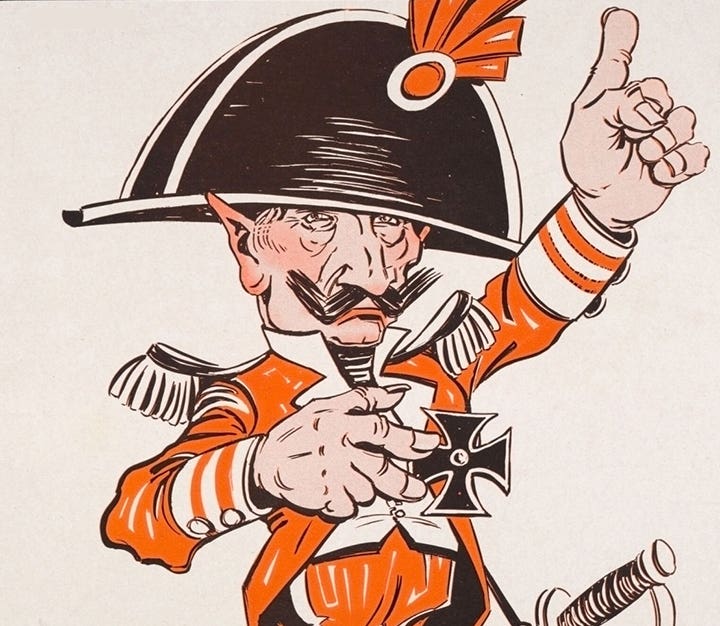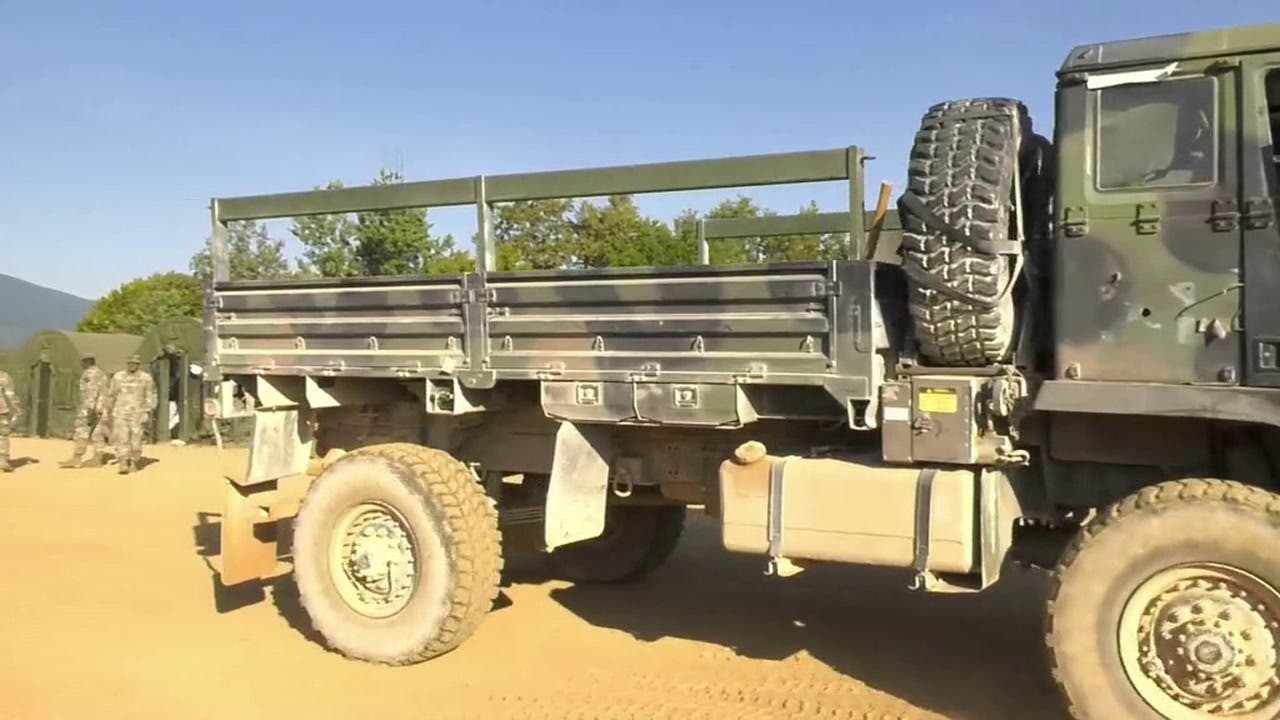Let’s Remember: They’re MILITARY Vehicles
“Look at this seat frame,” a friend recently instructed as he handed me a part from a WWII Jeep he was restoring, “That thing is better than new!” It truly…
“Look at this seat frame,” a friend recently instructed as he handed me a part from a WWII Jeep he was restoring, “That thing is better than new!” It truly was—he explained how he had sprayed five coats of paint on the part, buffing and polishing between each layer. “The originals always flake their paint,” he boasted, “This one will never flake!”
“Better Than New”
When I left my buddy’s garage, I thought, as I drove, about his claim the seat frame was “better than new.” That struck me as an expression one wants to hear in a doctor’s office after the cast is cut off their arm, or even when a neighbor finally returns a lawnmower that he had borrowed. But in regard to restoration, “better than new” just struck me as anachronistic.
As I drove, I continued to ponder. Why would someone want to restore their WWII vehicle to “better than new” condition?
Militaria collectors, those of us who gather helmets, uniforms, medals, bayonets or other “non-vehicular” items, tend to live by the mantra of, “the best restoration is no restoration.” That has not carried over to the historic military vehicle hobby where most tend view a rusty jeep or truck as a project to be “saved” through restoration.
The classic car market has begun to realize the folly of the “race to restore.” All those guys who thought they would see their money returned by their meticulous—and usually, costly—restorations of SS Camaros, vintage GTOs or Hemi Cudas, grind their teeth to the gums when they see a fresh, “out of the woodwork,” unrestored muscle car cross the auction block. Restored muscle cars are everywhere. What is truly rare and desirable today are unrestored, in “as found” condition cars.
The same is true in the historic firearm hobby. About 10 years ago, “original” flintlock muskets seemed to be popping up everywhere. A real rarity, U.S. martial flintlock muskets were either destroyed when retired from service or converted to percussion ignition systems for reissue. To find an original, unconverted flintlock musket was a real rare occasion. But today, check out any large, online firearm auction and you will see anywhere from one to a dozen “original” flintlock martial muskets for sale. What you are seeing, in most cases, are “restored” flintlocks—weapons where someone has replaced the percussion ignition with the hardware for flintlock ignition. These “converted then reconverted” muskets, according to Stuart Mowbray, editor of Arms and Gun Collector, have lost their significance as military relics—and therefore, their monetary value as well.
I was recently surprised on our own Facebook page when I posted a photo of 1945 GPW discovered by David Uhrig in “as surplused” condition. This Jeep was a veritable time capsule: Original seats, paint, markings, tool kit, tires—everything that was on or in the Jeep in 1946 was there when David found it. It wasn’t the Jeep, however that surprised me as much as the comments the photo received, however! Several of our friends saw the rather tired, ratty looking Jeep, not as a relic to preserve, but rather, a blank canvas on which to begin a restoration project.
Well, my grandmom always said, “To each his own, said the lady as she kissed the cow.” I try to remember that admonishment to remember different approaches to the same challenge doesn’t mean one is right or wrong. It is, however, hard for me to watch original vehicles sandblasted down to metal, all the dents hammered out and then resprayed, but I understand, many folks want a jeep or truck to look like it did the day it rolled out of the factory. There is certainly a place for that level of restoration in our hobby. It also serves as a great tribute to the history of the machines to present them as they originally appeared.
But as with so many good intentions, restoration can go too far. Nothing made it so clear to me that the historic military vehicle hobby has tripped over the line as when I heard some people bickering about a prospective host site for the Military Vehicle Preservation Association’s national convention. “It has plenty of parking, good access to roads, and is centrally located,” one fellow explained only to be shouted down by another, “It doesn’t have any indoor display space for vehicles!” He was serious. As far as he was concerned, military vehicles—of a certain quality could only be displayed if provided with protection from the sun or rain.
Really? We will all agree, our Jeeps, trucks, cycles and tanks are precious commodities. But they ARE military vehicles, right? I had to control myself and not interject into the conversation, “Have you ever been to a spring Hershey event (referring to the grand scale classic and collector car show in Hershey, Pa.).” I am sure he had not, or he would be aware of the million-dollar-plus Auburns, Cords and Duesenbergs that routinely drive through sidewall-deep mud to get to or from their assigned locations in the multi-acre open display fields.
Are our restorations going too far? If we restore them to “better than new” and are not willing to display them outdoors for a weekend show, have we possibly lost touch with the point of restoring them in the first place?
Represent the Memory,
John Adams-Graf
Editor, Military Vehicles and Military Trader
John Adams-Graf ("JAG" to most) is the editor of Military Trader and Military Vehicles Magazine. He has been a military collector for his entire life. The son of a WWII veteran, his writings carry many lessons from the Greatest Generation. JAG has authored several books, including multiple editions of Warman's WWII Collectibles, Civil War Collectibles, and the Standard Catalog of Civil War Firearms. He is a passionate shooter, wood-splitter, kayaker, and WWI AEF Tank Corps collector.



